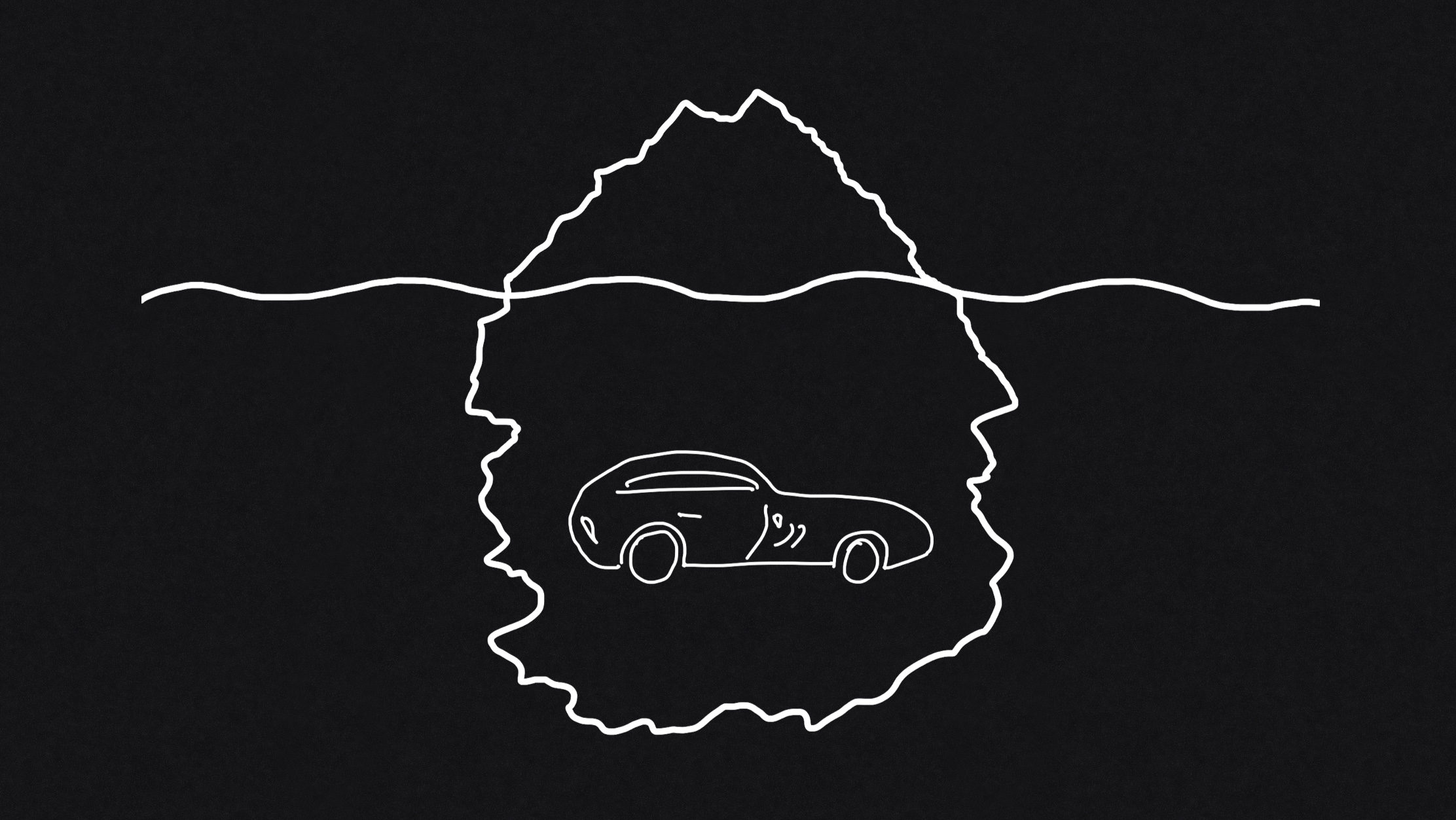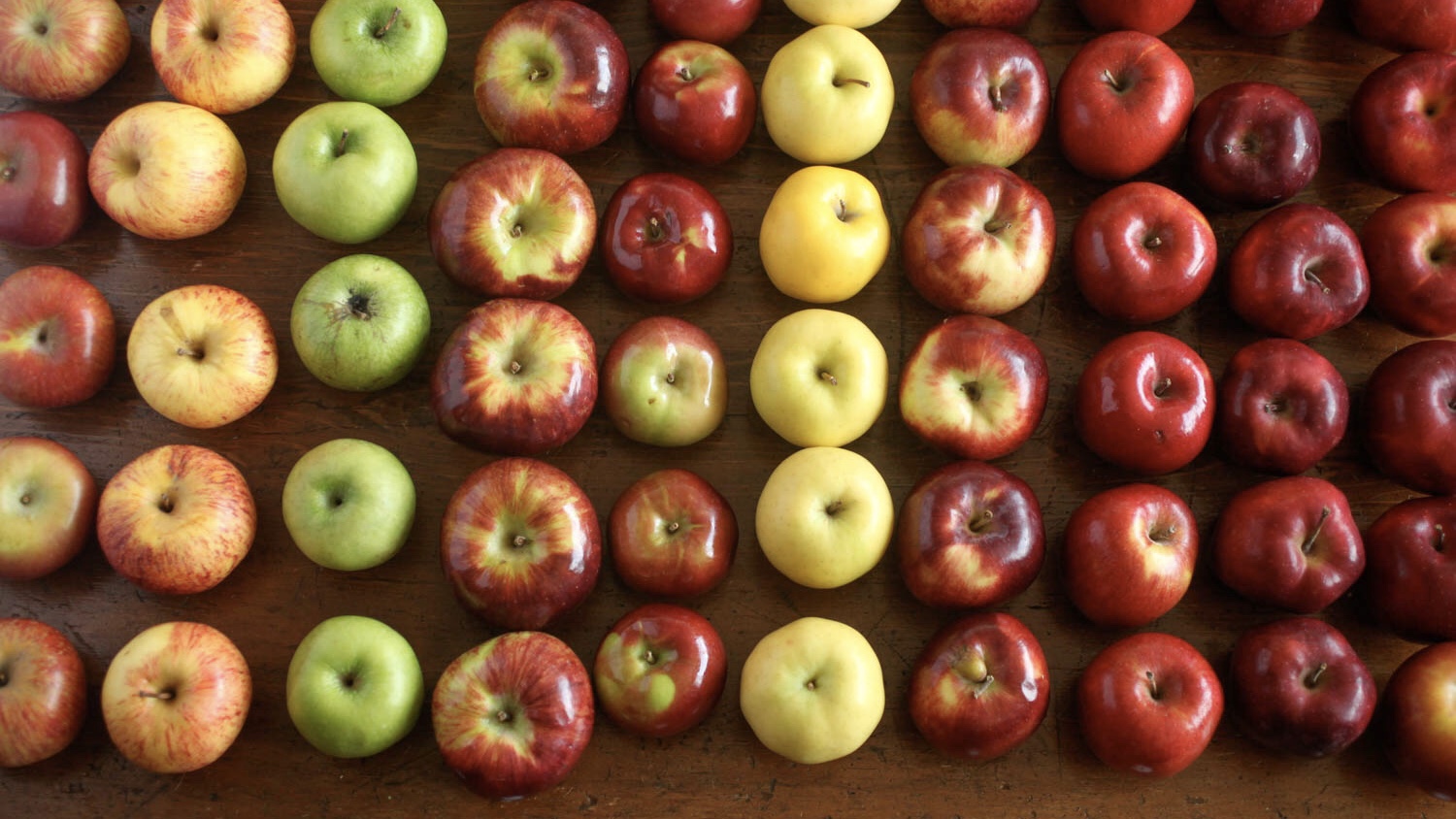
In the last month, I was fortunate enough to confirm new flexible hours with my workplace, whereby I compress the same amount of working time in a fortnight from 10 working days down to nine—this has resulted in having each second Friday out of the office. Today, I decided to spend a good chunk of it at the University of Wollongong campus, with my temporary office shown above.
I’m grateful that I’ve been able to do this and although I’ve only had two such Fridays so far, they’ve both made a big difference in how much I can read and accomplish during the early stage of my literature review on media ecology.
Recently I’ve been reading quite a bit of Lewis Mumford, including his texts Art and Technics (1952), The Myth of the Machine (1966) and Technics and Civilization (1967). As a method of practising and revising my knowledge of media ecology, I’ve also been trying to integrate ideas from the field (where appropriate) into my Lounge Ruminator podcast. During my visit to the campus today, I finished the fourth and final text of his that I borrowed from the university library: The Story of Utopias (1962).
As I sat reading the text, which discusses the history and formation of utopias and how humans perceive and reconstruct their environments, a particular section leapt out at me. Mumford (1962, pp. 19–20) explains the concept of a ‘utopia of escape’:
In its most elemental state, this utopia of escape calls for a complete breach with the butcher, the baker, the grocer, and the real, limited, imperfect people that flutter around us… For the most part, of course, this is an idle dream, and if we do not grow out of it, we must at any rate thrust other conditions into it… when the “real” world becomes a little too hard and too sullen to face, we must take refuge, if we are to recover our balance, into another world which responds more perfectly to our deeper interests and desires—the world of literature.
Upon reading this, I instantly related to it and felt that this notion of escape encapsulated my own motivation for returning to university. Although I enjoy my work, I did feel like something was missing—a certain kind of stimulus or feeling or learning environment… really, just engaging with and diving deeply into literature.
Sitting at that table with my coffee and iPad, absorbed in a text and hearing the birds in the trees and chitter-chatter of students in various languages, it felt like I was in a kind of utopia. It felt like an intellectual escape from the routine of everyday life.
Occasionally, people ask me why I’ve decided to do a PhD or give me a look like it’s a whole lot of extra work for no apparent reward. At this stage, I’m still considering and refining the questions that I want to ask, or as my supervisor Kate says, the ‘so what?’ of it all.
I think that a big part of this is yearning for a feeling of escape and a mission beyond the routine. Like the media environments that I’ve been reading a lot about recently, the university is a different kind of environment, with its own messages, conventions and expected behaviours, whether referring to the physical environment or the cognitive environment.
Most importantly, it’s an environment in which I can be another form of myself. We all have different selves in different contexts.
The word ‘utopia’ suggests idealism and perfection but in a practical sense, the word could mean something different; it could simply mean having a sense of clarity and direction or indeed, a happy place.
So, at the risk of sounding cheesy, I’ve decided that doing a PhD is about finding my intellectual happy place.
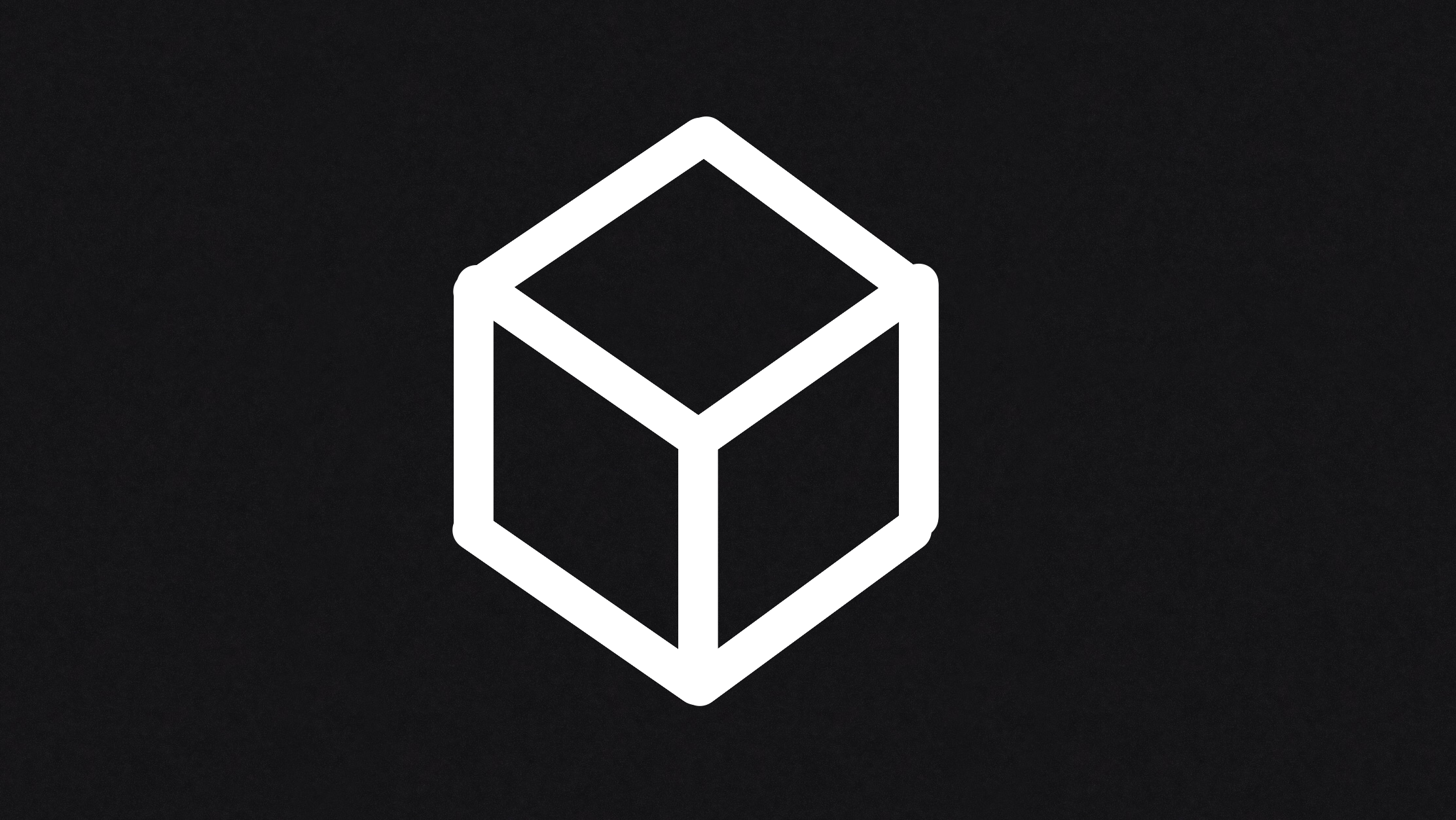
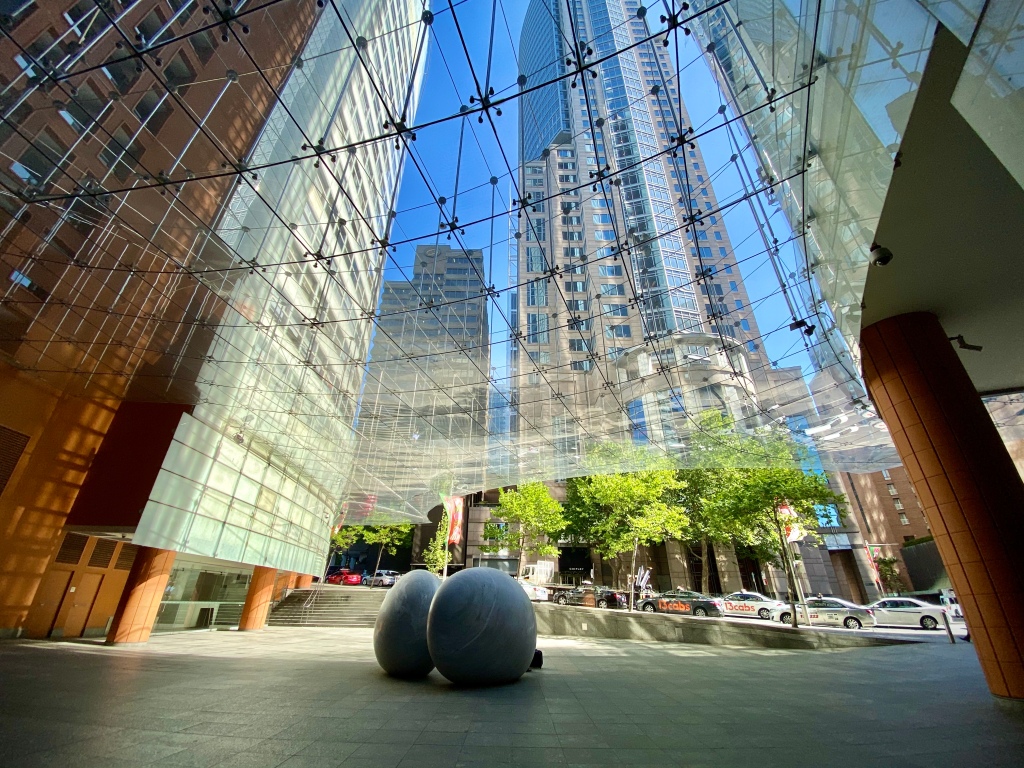
 The foyer at 1 Bligh Sydney
The foyer at 1 Bligh Sydney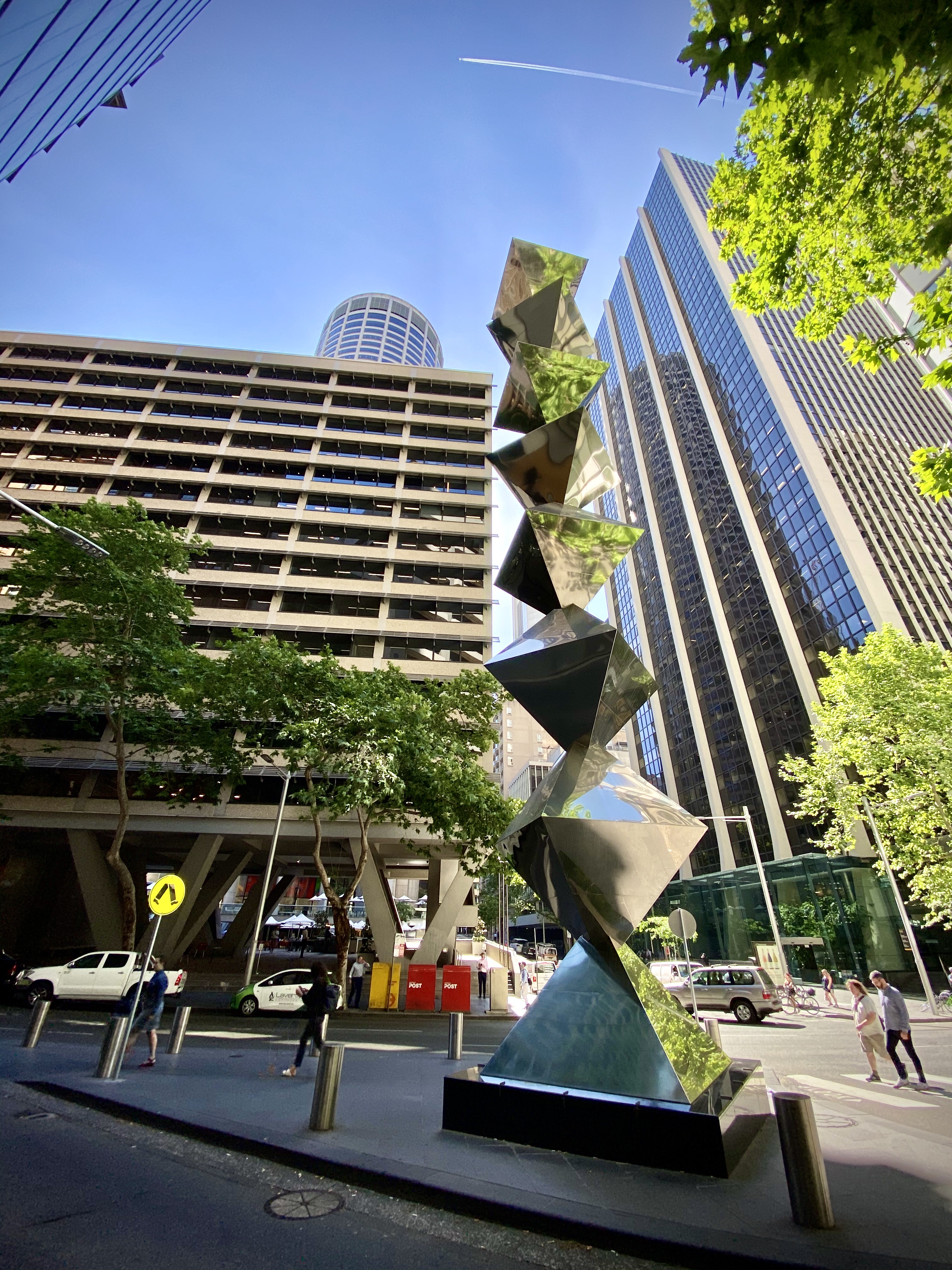
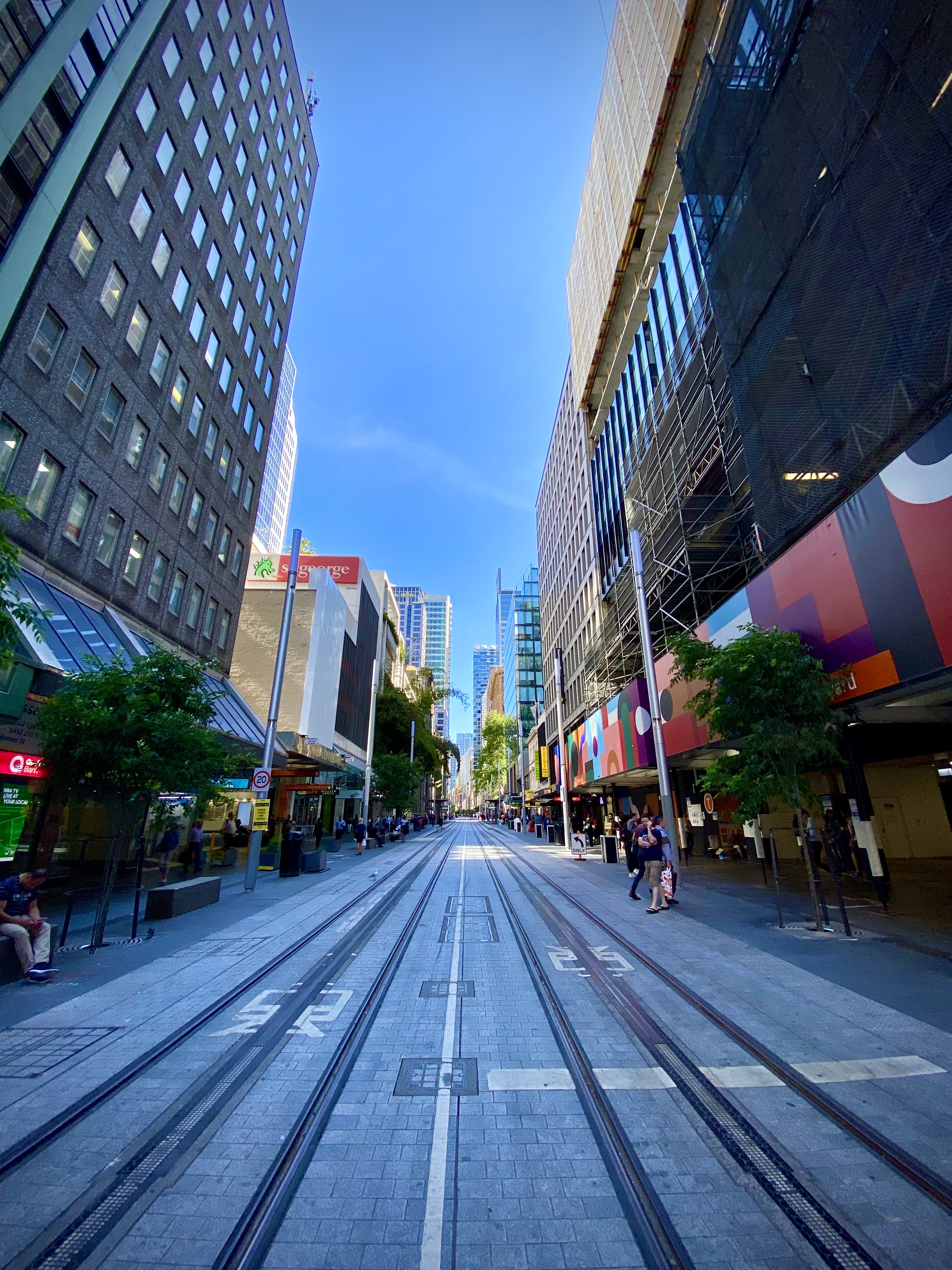
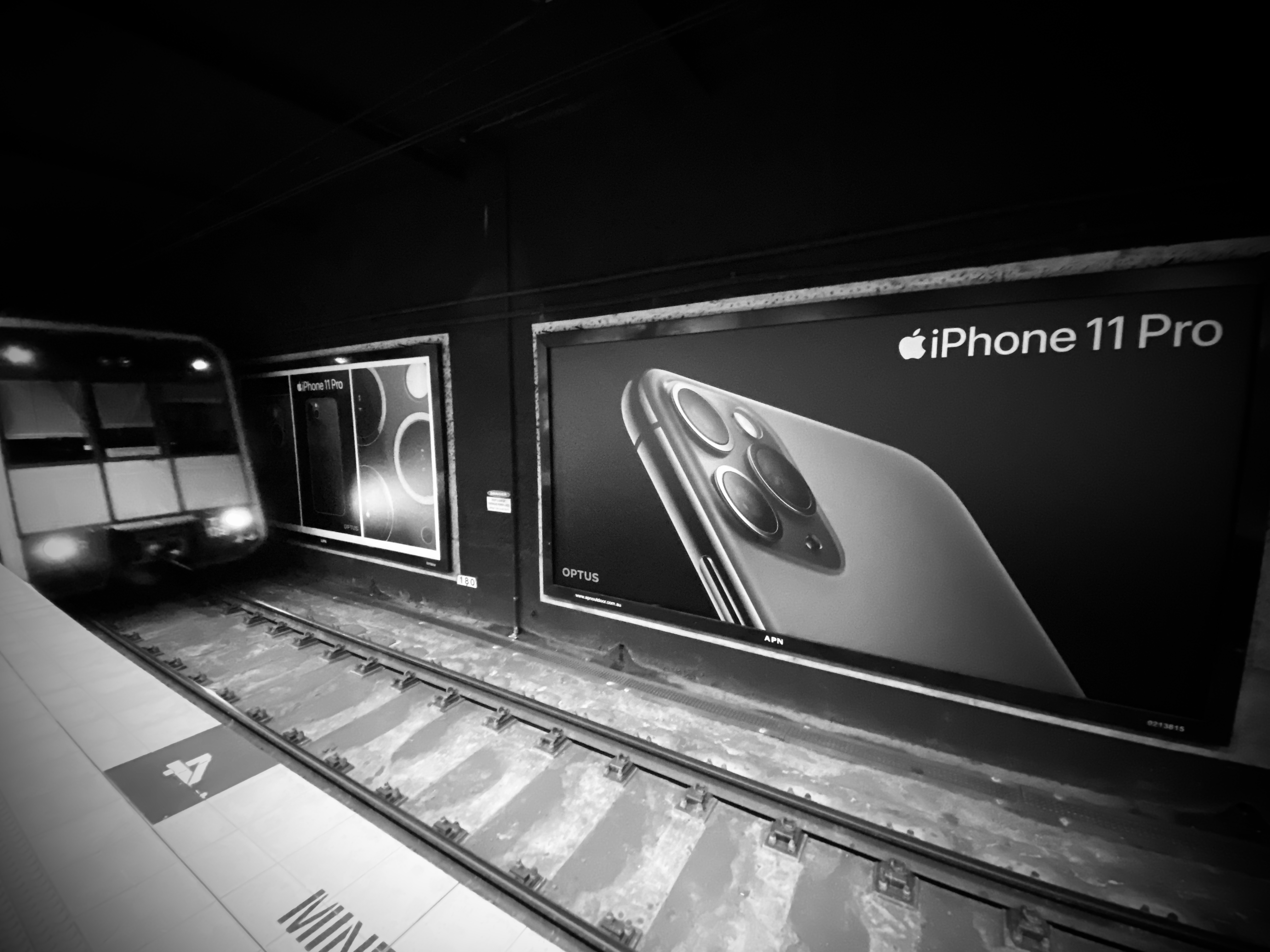 Town Hall Station, Sydney
Town Hall Station, Sydney